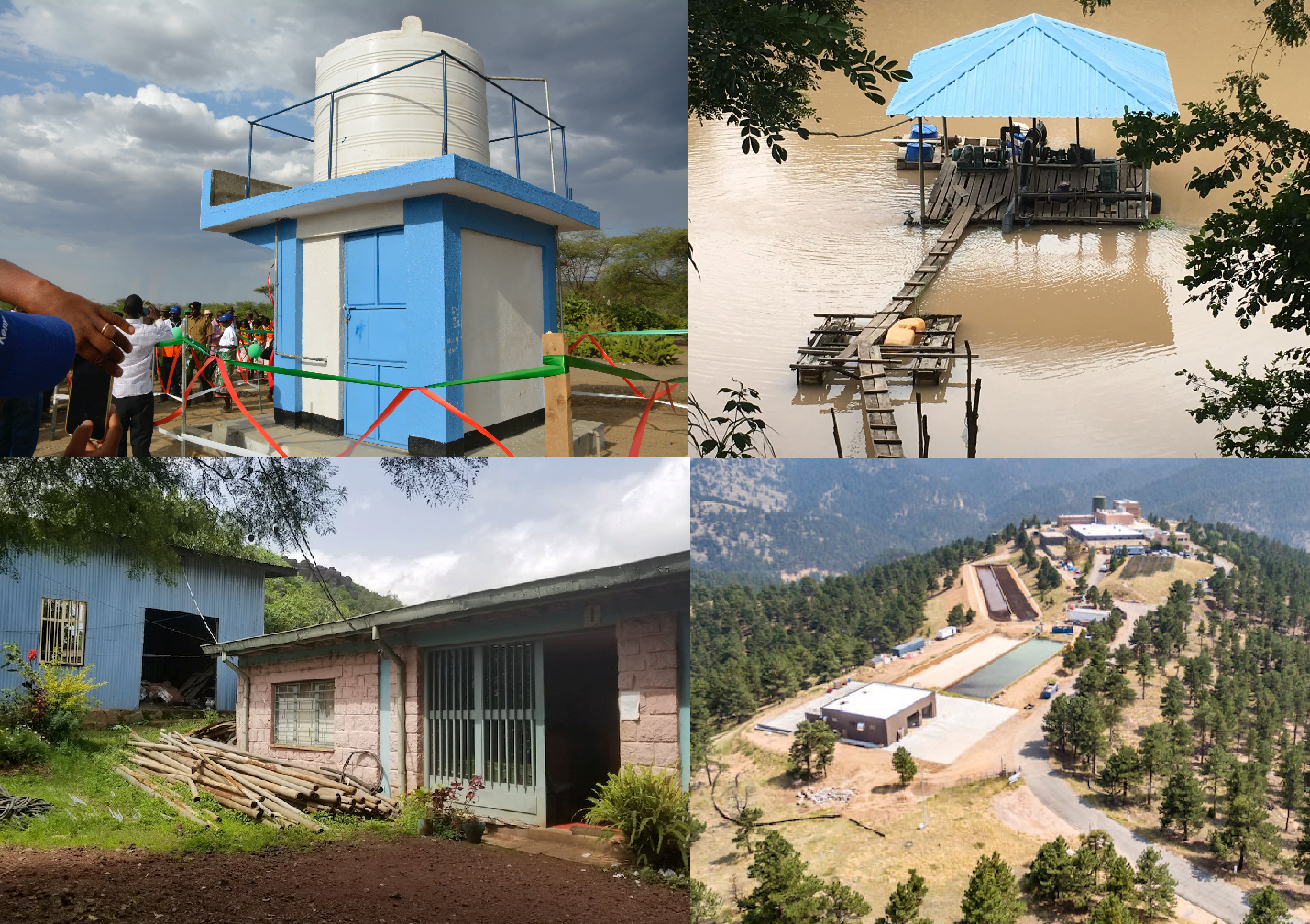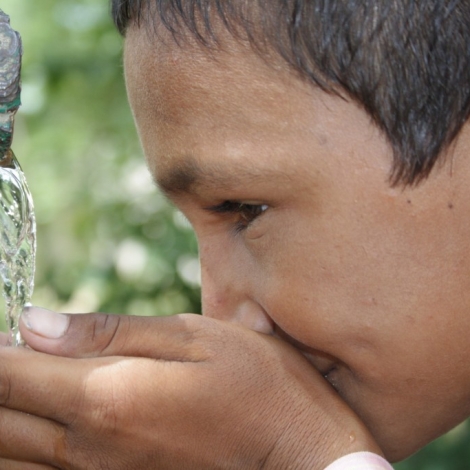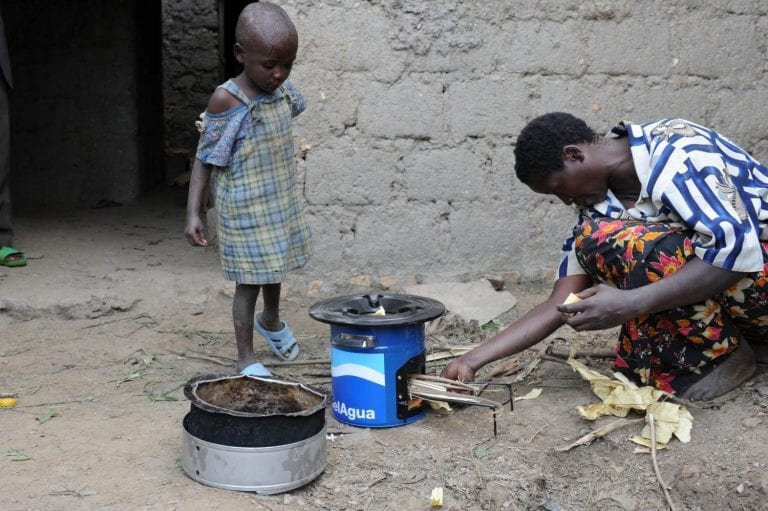In the United States, we take for granted that utilities can deliver affordable water at the turn of a tap. This is possible because water services are subsidized and funded by governments through tax revenue, keeping the cost to consumers low. But who pays for water in lower-income communities? In communities without significant tax bases with which to fund public services, the profitability and cost-recovery of a water service is sometimes prioritized over the human right to water, as a recent controversy in Nairobi illustrates.
To explore the question, my colleagues and I at the University of Colorado Boulder Mortenson Center in Global Engineering compared water utility finances in four different countries: Ethiopia, Kenya, Cambodia, and the United States. We published our findings in the journal World Development: Who Pays for Water? Comparing Life Cycle Costs of Water Services Among Several Low, Medium and High-income Utilities.
Our work was born out of the desire to investigate assumptions in financing for urban water utilities in low-income countries compared to where I work in Boulder, Colorado. The research highlights the disparities between the conceptions and realities of self-sufficient local financial support for water services.

The four case study utilities. Clockwise from top left: a) Public kiosk with a private operator in Lodwar, Kenya. Photo courtesy of Catholic Relief Services; b) River intake of Kampong Chamlong Water Supply Utility. Courtesy of Cambodian Water Supply Association; c) Woliso Water Supply & Sanitation Enterprise (WWSSE) office and spare parts store; d) Betasso Water Treatment Facility in Boulder, United States. Photo courtesy of Ludvik Electric.
The four cases we examine are the Boulder Water Utility in Boulder, Colorado, United States, the Woliso Water Sanitation and Sewerage Enterprise (WWSSE) in Oromia, Ethiopia, the Lodwar Water and Sanitation Company (LOWASCO) in Turkana County, Kenya, and the Kampong Chamlong Water Supply Utility in Kandal Province, Cambodia – representing a high-income, two low-income, and one middle-income country, respectively.
We address the gaps in each case between budgeted capital maintenance (major repairs and replacements) and the actual funding needed to sustain services, called the life cycle cost. In all four countries, the life cycle costs of water are not adequately covered by current revenues, requiring increased subsidies from governments and donors. Additional funds are needed in all cases to fund capital maintenance and reach universal access, ranging from 2% of funding in Boulder, 25% in Kampong Chamlong, 350% in Lodwar, and 780% in Woliso. The needed resources cannot be sourced only from improved cost recovery, as they are 3-7 times greater than current funding levels in Lodwar and Woliso.
With budget gaps like these, service providers cannot carry out long-term asset management, fund new capital expenditure or raise the finance needed to reach universal access under Sustainable Development Goal 6. Even high-income communities like Boulder struggle with funding and planning for irregular costs of repairs and replacements of existing assets, despite subsidies comprising over half of utility revenue. Uniquely, Boulder’s water is subsidized in part by the sale of electricity from hydroelectric generators in the transmission pipelines during their descent from the mountains into town.
Water is a human right, but it is not always treated like one when profit or cost-recovery is prioritized over access. By comparing structural disadvantages and the sources of utility revenue, we demonstrate that though funding gaps for long-term sustainability may appear insurmountable in low-income countries, struggling water utilities can survive if donors and national governments prioritize long-term funding for water services.
Read the paper: Who Pays for Water? Comparing Life Cycle Costs of Water Services Among Several Low, Medium and High-income Utilities.
About the Author
Anna Libey is a PhD student of Environmental Engineering at the University of Colorado Boulder Mortenson Center for Global Engineering and a former E4C Research Fellow. She works on technology evaluation, inclusive participatory design methods, and costing sustainable service delivery of water and sanitation in developing communities.

